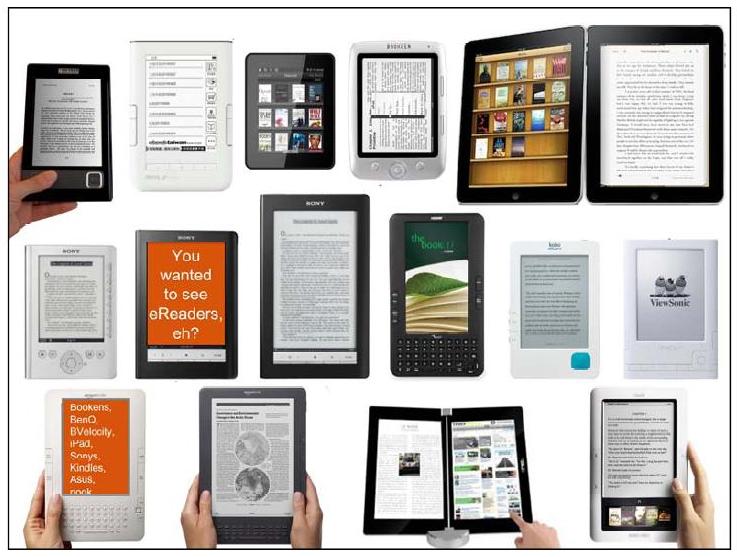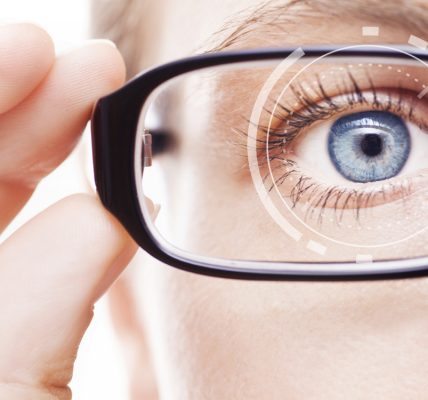To anyone who received an iPad, Kindle, or other e-reader for the holidays—you’re in luck! Your new toy might just be able to help with your grades this upcoming semester. To those who received wool socks and a subtle note to get your GPA up, here are a few new reasons to keep bothering your parents for a tablet.
According to a recently published article, using an e-reader may be able to reduce the impairments of dyslexia, increase reading comprehension, and boost reading speed. The implications of this study are vital to student life, not only for those who live with dyslexia, but for any student who experiences the everyday struggle of comprehending their load of reading. According to the study, e-readers are producing this effect because of the simple user interface associated with most tablets and the layout of text that comes with reading digitally. One of the positive benefits of e-reading is the lack of crowding that is experienced when reading on a smartphone or other device. On traditional paper, the text reads in large blocks, which can oftentimes lead to skipping words, confusing letters, and losing the place in the text. E-readers and other devices present the text in much smaller blocks, with more spacing in between words and lines, which allows the reader to better comprehend the text. Using an e-reader can also allow the user to individualize the text by changing the font, size, and spacing manually.
The benefits of e-reading span further beyond improving study behaviors; they also cut down on the massive weight of carrying multiple textbooks. Many e-readers on the market today can download full texts, PDFs, and books, which can all be stored on one lightweight and portable device. Already in fashion, many UC Berkeley teachers have been distributing course material online, which only makes the use of an e-reader more applicable to student life.
However, these technologies do not come without consequences. Just as you can experience eye strain by reading your textbooks all night, you can experience the same strain by using your e-reader for an extended period of time. Reports of vision changes, headaches, and repetitive stress injuries all arise from the continuous use of digital media. Let’s keep the wise Aristotle in mind: “All things in moderation.”
Citations
- Computer vision syndrome: a study of knowledge and practices in university students by S. C. Reddy et al. from PubMed by the National Center for Biotechnology Information and the US National Library of Medicine <http://www.ncbi.nlm.nih.gov/pubmed/24172549>
- Computer Vision Syndrome: A widely spreading but largely unknown epidemic among computer users by Z. Yan et al. from Science Direct <http://www.sciencedirect.com/science/article/pii/S0747563207001501>
- E-Readers and E-Paper from the American Journal of Neuroradiology <http://www.ajnr.org/content/31/1/1.long>
- E-readers are more effective than paper for some with dyslexia by M. H. Schneps et al. from PubMed by the National Center for Biotechnology Information and the US National Library of Medicine <http://www.ncbi.nlm.nih.gov/pubmed/24058697>
- Shorter lines facilitate reading in those who struggle by M. H. Schneps et al. from PubMed by the National Center for Biotechnology Information and the US National Library of Medicine <http://www.ncbi.nlm.nih.gov/pubmed/23940709>
Article by Genevieve MacMillan
Feature Image Source: The Digital Reader
























